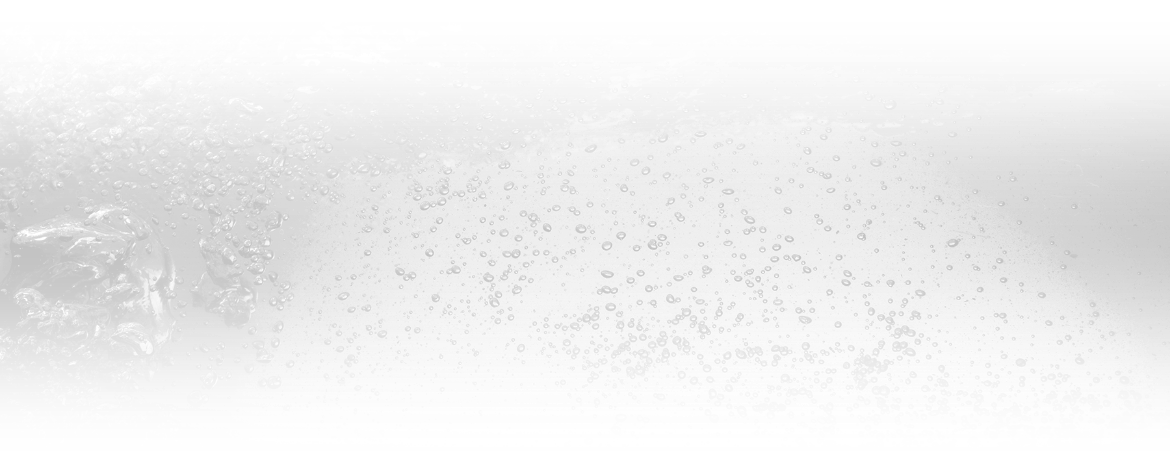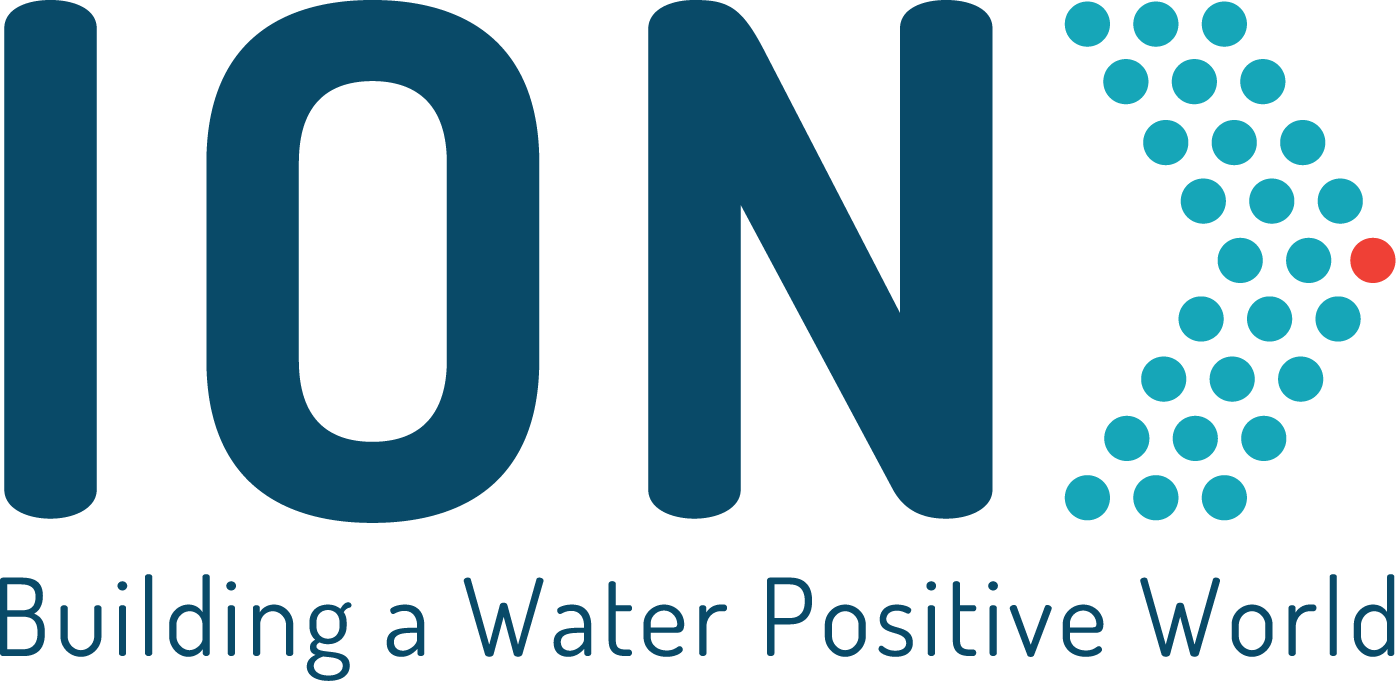A Myth Debunked – Why Shifting Water Bills to Tenants Backfires in Affordable Housing
Data shows that passing water bills to tenants doesn’t reduce consumption—it increases administrative burden and leaves developers with the bill.


Introduction
ION Water is the leading water optimization solution for the affordable housing sector. Using advanced technology and real-time analytics, ION helps developers dramatically reduce water waste, lower costs, and boost property value.
Through a long-term partnership model, ION works closely with developers to monitor and manage water usage, typically reducing average consumption from 105–155 gallons per bedroom per day (GBD*) to just 30–50 GBD.
This sustained reduction in water use and cost is achieved through continuous monitoring, data-driven insights, and proactive communication. ION Water delivers operational efficiency, reliable cash flow, and the ability to test and validate performance strategies over time.
Challenge
Affordable housing developers often assume that high water usage is driven by tenant behavior, therefore shifting water costs to tenants should incentivize lower personal use, driving down waste and cost. To test this assumption and support its partners in improving Net Operating Income (NOI), ION Water conducted a data-driven analysis across its partner portfolio.
Methodology
ION Water examined developer water usage pre- and post-direct water billing to tenants. Because these developers were long-term ION partners with stabilized water usage, ION was able to compare approximately 1.5 years of GBD data prior to tenants being billed for water consumption, to one year of GBD data, post-direct water billing to tenants. Data spanned:
- 25 properties
- 4,719 units
- 10,542 bedrooms
Caveat: If a property isn’t already fully optimized for water efficiency and the developer shifts water costs to tenants, the developer will transfer higher bills to tenants and be at higher risk of potential tenant non-payment.

Findings
Data showed the delta in water usage as measured by GBD was unchanged pre- vs. post-billing tenants.
- Pre-tenant billing GBD: 45
- Post-tenant billing GBD: 44
Throughout the analysis, ION Water’s Optimization Platform continued delivering its full suite of services across all 25 properties. This included daily communication and hands-on support to help property teams:
- Detect and address water leaks in real time
- Quickly alert maintenance to resolve issues
- Interpret benchmarking data to improve water management and reduce costs
It’s important to note that ION’s system targets the most common and costly sources of water loss—invisible leaks from toilets, water heaters, and other fixtures—which are largely unrelated to tenant behavior.
Results
During the study, ION Water and its partner developers identified several negative impacts to Net Operating Income (NOI)resulting from shifting water costs from developers to tenants. These included:
- Upfront Utility Allowance (UA) costs of $5–6K plus $10-12K in engineering costs to complete UA studies per property, totaling over $375K across all sites.
- Ongoing UA adjustments that lowered allowable rents and reduced overall cash flow
- Increased administrative burden, including added site staff time for regulatory compliance, reporting, and collections
- Collections issues affecting roughly 30% of tenants
- In Affordable Housing, nonpayment of water and sewer bills is not grounds for eviction, leaving developers with limited enforcement options. This can result in developers recovering as little as 60 cents on the dollar for water expenses
- Costly legal fees related to billing and collections

Key Findings
Key Findings: High water use and costs are not driven by tenant behavior, and attempting to reduce water use and costs through direct billing is ineffective. In fact, shifting water costs to tenants can backfire, creating financial risk and leading to higher expenses that could have been prevented through a comprehensive water optimization system. Shifting water costs to tenants will create even more financial risk for properties without previously monitored and stabilized water usage.


Summary
- This study disproved the belief among some affordable housing developers that tenant behavior is the primary cause of high water use and cost
- In fact, hidden leaks as a result of running toilets, water heaters and other fixtures is the primary source of high water consumption and cost
- Billing tenants directly for water does not lead to lower water use
- Instead, shifting water costs to tenants results in an overall decrease in NOI
- The findings underscore the importance of implementing a continuous water optimization system to help affordable housing developers effectively control water costs and protect long-term NOI
*GBD = metric standardizing water consumption on a per unit basis across all properties. Formula = Total # gallons used/# bedrooms per unit X # of days

Building a Water Positive World

